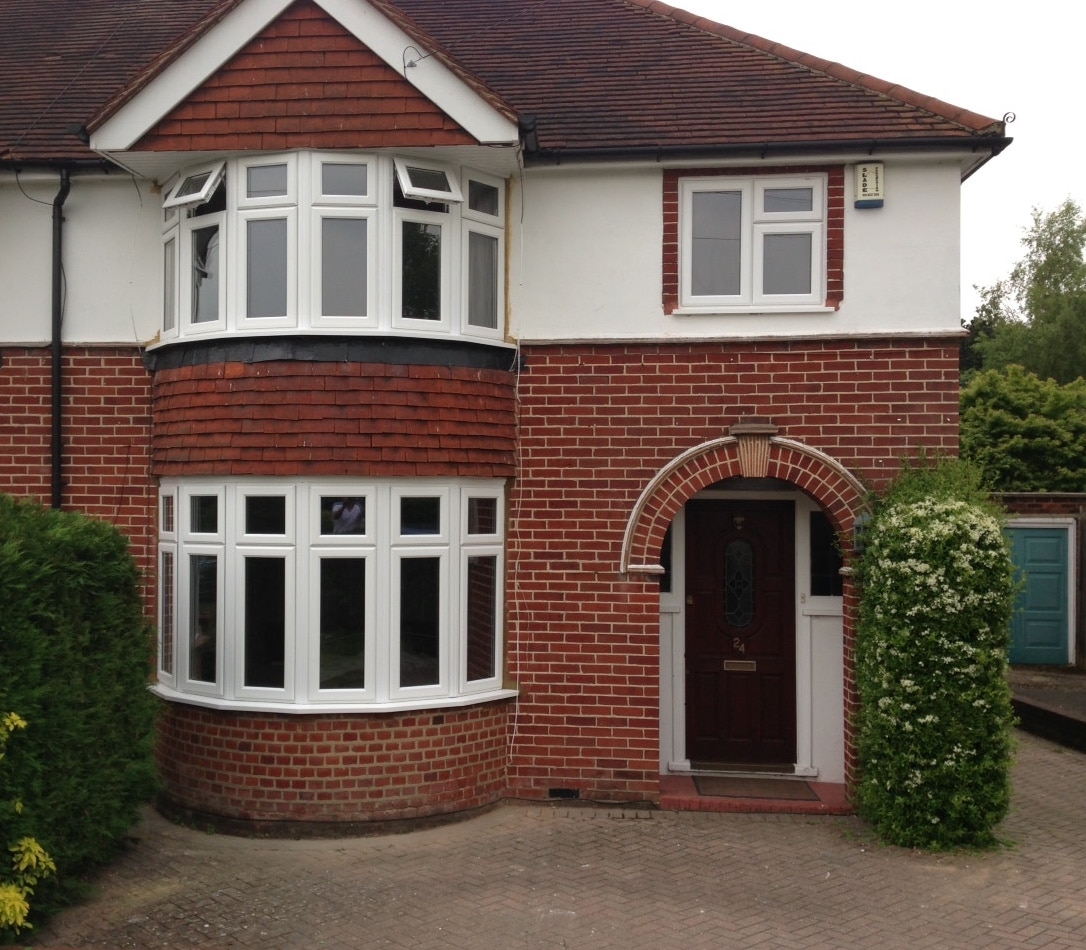
Commercial Bay Window Installers
Add a review FollowOverview
-
Founded Date June 16, 1969
-
Sectors Education
-
Posted Jobs 0
-
Viewed 26
Company Description
You’ll Never Guess This Residential Bay Windows’s Benefits

Understanding Residential Bay Windows: A Comprehensive Guide
Bay windows have actually adorned homes for generations, lending both aesthetic appeal and practical benefits. Identified by their special structure that extends from the main walls of a building, these windows transform a simple space into a lively, appealing area. This short article digs into the appeal of bay windows, exploring their types, benefits, and useful factors to consider for house owners.
What Are Bay Windows?
Bay windows are a combination of three or more windows set at angles to develop a recess in the wall. They are usually composed of a main large window flanked by 2 smaller sized ones, forming a “bay” or nook. This architectural feature may be found in different styles, including conventional, Victorian, and modern homes, and often protrudes outwards, offering extra space and natural light.
Kinds Of Bay Windows
-
Canted Bay Windows: These are the most typical type, featuring a central window that extends outwards at a 30 or 45-degree angle with smaller sized windows on either side.
-
Box Bay Windows: This type forms a box-like structure; the front is generally rectangle-shaped, while the side windows open at ideal angles to the wall.
-
Oriel Bay Windows: Often discovered on upper floorings, these windows do not touch the ground, supported by brackets or corbels.
-
Circle Bay Windows: Featuring circular shapes, these windows create a softer look. They are less typical and are often used to enhance specific architectural styles.
Advantages of Bay Windows
The addition of bay windows can considerably boost a home’s design and functionality. Below are some advantages that property owners delight in:
-
Increased Natural Light: Bay windows permit more sunlight to enter living locations, lowering the need for artificial lighting and developing a brighter atmosphere.
-
Enhanced Aesthetics: With their architectural elegance, bay windows can raise the visual appeal of a home, increasing its market price.

-
Expanded Space: The extending structure produces a captivating nook for seating, plants, or storage, efficiently increasing functional area without needing comprehensive renovations.
-
Enhanced Views: Bay windows often offer more comprehensive sightlines, permitting homeowners to enjoy the surrounding landscapes more totally.
-
Ventilation Opportunities: When designed correctly, bay windows can improve air flow throughout a space.
A Quick Overview: Advantages of Bay Windows
| Advantage | Description |
|---|---|
| Increased Natural Light | More sunshine causes a brighter home |
| Boosted Aesthetics | Beauty increases home worth |
| Expanded Space | Offers extra locations for seating or storage |
| Enhanced Views | Wider views of the outdoor landscape |
| Ventilation Opportunities | Better airflow results in a fresher atmosphere |
Design Considerations for Bay Windows
When contemplating the installation of bay windows, house owners must think about different aspects related to design, materials, and positioning:
1. Architectural Style
- Guarantee the bay window complements the existing style of the home, keeping a cohesive look.
2. Product Choices
- Common materials include wood, vinyl, aluminum, and fiberglass. Each has its own aesthetic appeal, maintenance needs, and insulation homes.
3. Window Configuration
- Choose the arrangement of the windows (e.g., double-hung, casement, or image windows) based on lighting, ventilation, and architectural cohesiveness.
4. Roof and Finishing
- Consider including a roof over the bay window for protection and improved visual appeals. Options include gabled, curved, or flat roofings.
5. Location
- The placement of the bay window should consider the sun’s course, neighboring structures, and views.
Regularly Asked Questions (FAQs)
1. Are bay windows pricey to install?
- The cost varies based upon size, materials, and design intricacy. While initial costs may be higher than standard windows, they typically provide long-lasting benefits in regards to energy effectiveness and home resale worth.
2. Can I install a bay window myself?
- While DIY installation is possible for skilled individuals, it is generally advised to work with a professional to guarantee correct design, sealing, and structural integrity, especially if changes to the home’s exterior are involved.
3. How do bay windows impact energy effectiveness?
- Properly installed bay windows can improve energy effectiveness by maximizing natural light and reducing heat loss. Think about choosing energy-efficient glass and window frames to decrease energy expenses.
4. What furnishings work well with bay windows?
- Property owners typically go with integrated seating, such as benches, comfortable cushions, or decorative plants to make the most of the prolonged space.
5. Do bay windows require unique maintenance?
- Regular cleansing of the glass and inspecting for any water damage or sealing issues are necessary. The particular upkeep regime depends upon the products used.
Residential bay windows are more than simply a charming architectural detail; they provide a variety of benefits that can elevate both the performance and appearance of a home. While consideration of design, cost, and upkeep is essential, the long-lasting advantages frequently exceed the preliminary financial investment. Whether improving a timeless home or including a modern twist to a modern design, bay windows work as a classic choice for house owners wanting to invest in their spaces.
In summation, bay windows can change any living area, providing appeal, comfort, and a connection to the world outside. As property owners examine their choices, it’s clear that these bewitching functions deserve consideration in both design and preparation.
